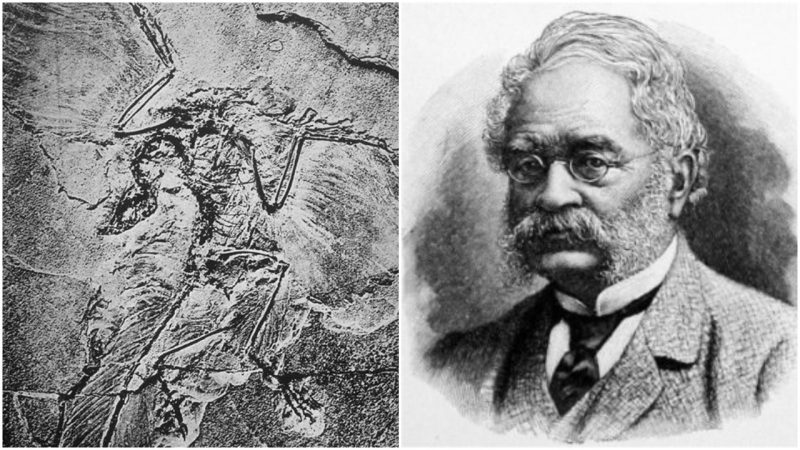The name “archaeopteryx” is a combination of Greek words, “archaīos” (ancient) and “ptéryx” (feather or wing). The name refers to a genus of bird-like dinosaurs that roamed the Earth in the late Jurassic period, around 150 million years ago.
The archaeopteryx was neither a dinosaur nor a bird as we perceive the birds of today: it was a milestone in evolution, a transitional genus between flightless feathered dinosaurs and modern dinosaurs.
All existing fossils of the archaeopteryx were found in southern Germany. Specifically, they were all found in the area near the German town of Solnhofen, where they were preserved in limestone deposits for millions of year. Among the eleven fossils found near Solnhofen, the one that is known as “the Berlin specimen” is the most captivating.
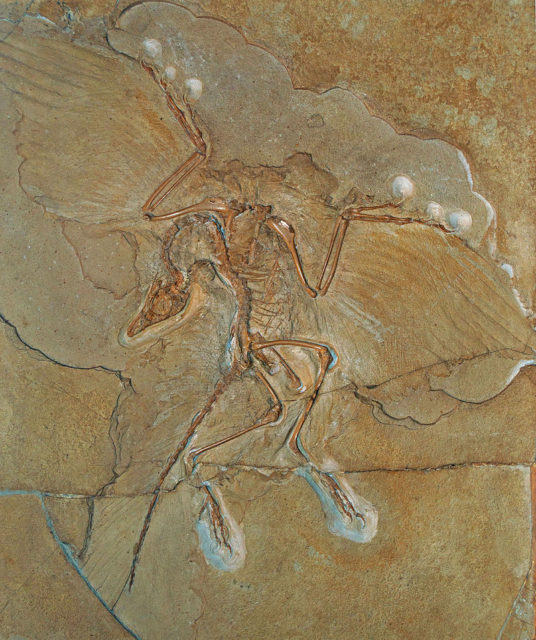
The Berlin specimen is the most complete specimen of archaeopteryx ever found, and the first specimen that was found with an intact head. It is considered to be one of the most beautiful fossils in the world: aside from the intact skull, the specimen has a well-preserved skeleton and even some feathers that look like they were plucked out of a modern-day bird just yesterday.
The story of the accidental discovery of the Berlin specimen is almost as fascinating as the specimen itself. The specimen was discovered in 1874 or 1875, by a farmer named Jakob Niemeyer, who wasn’t aware of its historical significance but was amazed by its beauty. Niemeyer sold it to an innkeeper named Johann Dörr who used it as decoration on the wall of his inn. The sum that Niemeyer got for the specimen was generous enough for him to buy a new cow.
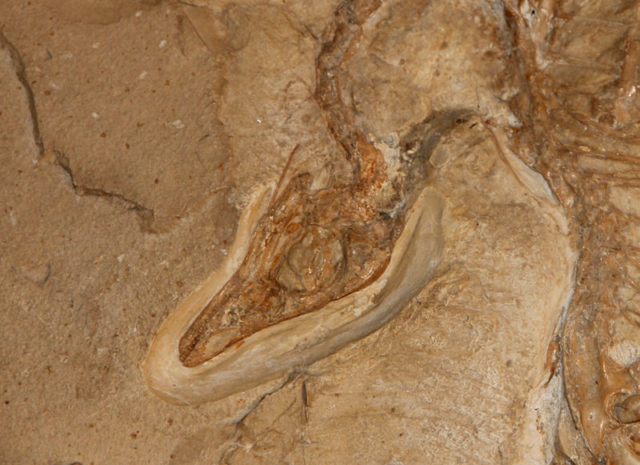
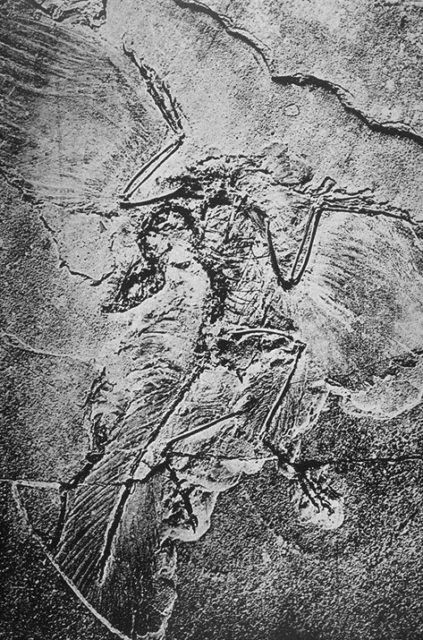
Innkeeper Dörr sold the specimen after a few years, and it began circulating among various buyers from around the country. Its great archaeological significance was finally recognized in 1881, when it was bought by the Humboldt Museum of Natural History in Berlin.
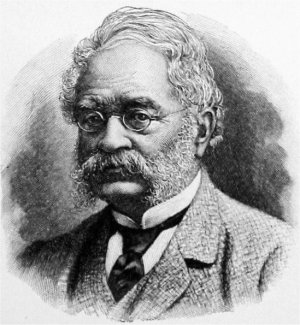
The person who provided the money for the purchase of the specimen and financed extensive research was none other than the wealthy German industrialist Ernst Werner von Siemens, the founder of the giant Siemens corporation, who had to part with a then hefty sum of 20,000 gold marks to pay for the specimen.
The specimen was extensively studied from 1881 to 1897, and all researchers who got a chance to examine it agreed that it was one of the most perfect fossils ever found in the history of archaeology.
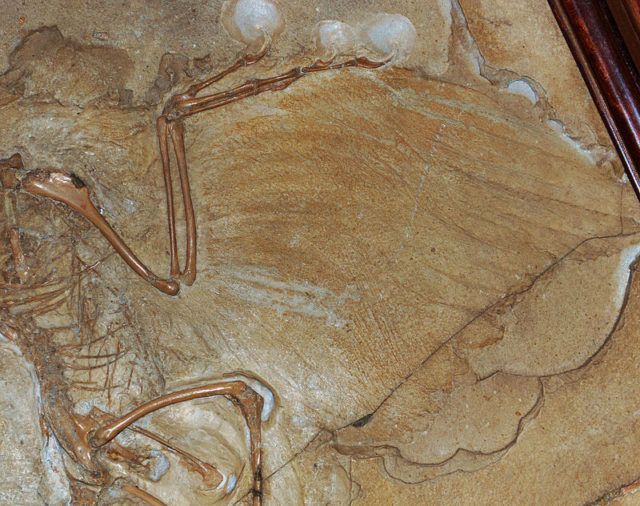
The specimen was classified as a new species, and bears the name “Archaeopteryx siemensii” to honor the generous industrialist who financed the purchase of the fossil and many extensive studies.
The Berlin specimen can still be seen in the same museum where it is kept in a glass cabinet, and many visitors come daily to marvel at its beauty and historical significance.
